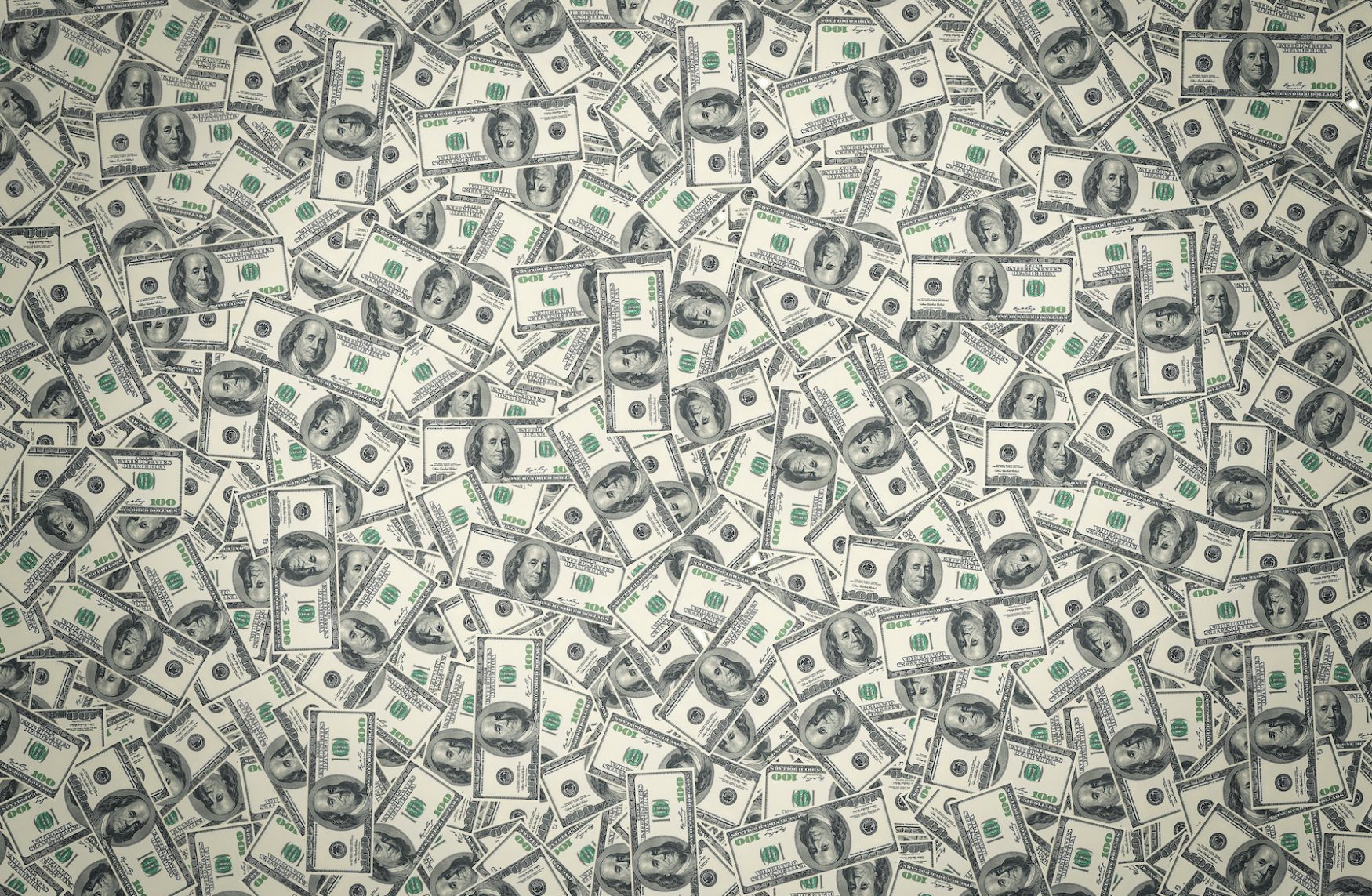
The Federal Reserve Act
The Federal Reserve Act, Signed Into Effect on December 23, 1913 by Woodrow Wilson, Has Been Widely Debated Ever Since.
The Federal Reserve Act has many opponents, some of which are taking up petitions and legal action, to try and abolish America’s central banking authority.
The inner workings of the Federal Reserve System are a mystery to many Americans; any national institution that has the power to manipulate the U.S. economy needs to be closely watched.
The Fed has the ability to print money, which in turn will raise the inflation rate and bitterly lower the value of the U.S. dollar.
On January 9, 2009 over the A.P. wire it was reported an estimated 2.6 million jobs have disappeared since December.
The nation’s job market hasn’t had this many jobs omitted since WWII.
Fed chairman Ben Bernanke continues to rely on lowering the national interest rate in order to stimulate the real estate market, which still may be too little too late for many homebuyers with arms attached to their mortgages, or those who have already begun the foreclosure process.
The Fed may begin to realize that continually printing American monopoly money with nothing to back it may be leading the U.S. economy to Baltic Ave rather than Boardwalk.
Libertarian party leader and former Republican presidential nominee Ron Paul has famously railed against the Federal Reserve Act, calling to abolish the Federal Reserve and return currency to a reliable commodity like gold or silver.
With the Federal Reserve printing billions of dollars to bail out Wall Street, the auto industry, and government stimulation packages, who knows what’s next; Ron Paul argues that the last 80 years of financial turmoil can be directly linked to the Federal Reserve.
On the other hand, a nation must be financially responsible for its citizens.
There is a popular argument stating the exact opposite of Ron Paul’s 80 year theory, stating the longer the Fed has been in existence, the stronger America’s economy has become.
Given the American luxury to listen to the varied arguments over the foundation and direction of the Fed, one facet remains as clear as White House crystal, people are losing their jobs, their homes, and their security.
Foreclosures have surged upwards of 57%, which means 1 in every 538 homes has filed for foreclosure.
Ron Paul has begun a strong Libertarian movement with his stripped down theories, possibly bring some conservation back to the “conservative” party.
Federal Reserve Act: The Fed is Private
In 1913 the Fed was designed to combat a collapsing banking industry and people who lost their life savings.
Today, the Fed is comprised of 12 government banks spread across the country.
The sole job of this mysterious contraption resulting from the Federal Reserve Act, which many members of Congress don’t fully understand, is to balance the economy through erratic monetary policy and tweaking the interest rates.
Government money isn’t backed by gold? No, the FED buys government backed bonds, filtering money back into the system.
This is fine for the fortunate few when the U.S. credit looks good, but what backs the money when U.S. credit is questioned?
Banking helping banking as Greenspan turns into Bernanke… does it ever end?
After a controversial Wall Street bailout bordering on socialism, floundering companies like AIG, with self-professed unethical business practices in 2006; spent taxpayer’s money on a corporate retreat to the tune of $4,400 per person.
Taxpayer money well spent and well printed by the Fed, huh?
Perhaps in fairness to the naturally misguided ethics of Wall Street, it is not the market that should be so regulated but the Fed.
The Federal Reserve Banks are privately owned and locally operated… there is not enough federal oversight on the daily operations to consider these Federal Reserve Banks to be a federal agency.
This was proven in the court ruling of Lewis v. United States, 1982.
Federal Reserve Act and US dollar
Ben Bernanke is doing what the Fed has done since 1971… trying to save the value of the dollar by allowing the Fed to continuously print money, bailing everyone out except the U.S. taxpayer.
The Fed cannot continue to print money backed by a broken credit system.
The only thing backing the U.S. dollar is faith in the U.S. dollar and if the global psychology no longer believes in the value of the U.S. dollar, sheer faith may no longer be a viable creditor.

 My First Amazing Ayahuasca Experience
My First Amazing Ayahuasca Experience  Pine Needle Tea
Pine Needle Tea  The REAL Controllers of Humanity: The Papal Bloodlines
The REAL Controllers of Humanity: The Papal Bloodlines  Is it Global Warming or Cooling?
Is it Global Warming or Cooling?  Gun Rights and Obama Examined
Gun Rights and Obama Examined